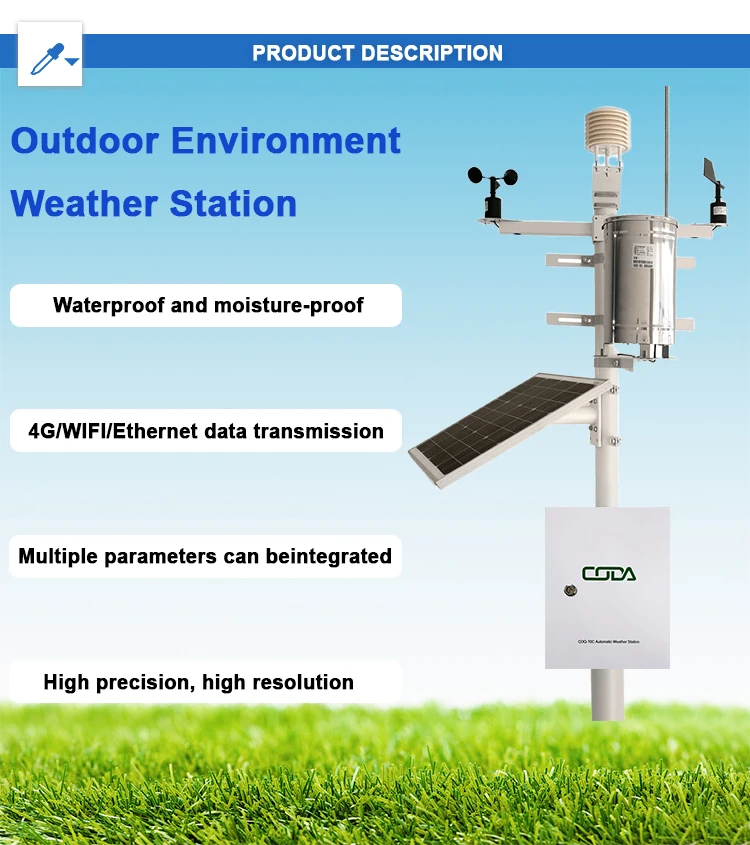
# Automatic Weather Station: Definition and Functionality
## What is an Automatic Weather Station?
An Automatic Weather Station (AWS) is a sophisticated system designed to collect and record meteorological data without the need for constant human intervention. These stations are equipped with various sensors that measure atmospheric conditions such as temperature, humidity, wind speed and direction, rainfall, solar radiation, and barometric pressure.
AWS units have become essential tools for meteorologists, agricultural specialists, aviation professionals, and climate researchers worldwide. They provide continuous, real-time weather data that helps in weather forecasting, climate monitoring, and various industrial applications.
## Key Components of an Automatic Weather Station
1. Sensors
The heart of any AWS is its array of specialized sensors. These typically include:
- Temperature and humidity sensors
- Anemometer for wind speed measurement
- Wind vane for wind direction
- Rain gauge for precipitation measurement
- Barometer for atmospheric pressure
- Pyranometer for solar radiation
2. Data Logger
The data logger is the brain of the system, responsible for collecting measurements from all sensors at predetermined intervals. Modern data loggers can store weeks or months of data and often include features like:
- Real-time clock for time-stamping measurements
- Internal memory for data storage
- Battery backup for power outages
3. Power Supply
Most AWS units are designed to operate autonomously for extended periods. Power options include:
- Solar panels with battery storage
- AC power where available
- Wind-powered generators in some cases
4. Communication System
Modern AWS units can transmit data through various means:
- Cellular networks (GSM/GPRS)
- Satellite communication
- Radio transmission
- WiFi or Ethernet connections
## Functionality and Applications
Weather Forecasting
Automatic Weather Stations provide critical data for numerical weather prediction models. The high temporal resolution of AWS data helps meteorologists detect rapidly changing weather patterns.
Agricultural Monitoring
Farmers use AWS data to optimize irrigation schedules, predict frost events, and monitor growing conditions. Specialized agricultural weather stations may include soil moisture and temperature sensors.
Aviation Safety
Airports rely on AWS systems (often called AWOS – Automated Weather Observing Systems) to provide pilots with up-to-date weather information for safe takeoffs and landings.
Climate Research
Long-term AWS data contributes to climate change studies by providing consistent, high-quality meteorological records over extended periods.
## Advantages of Automatic Weather Stations
Compared to traditional manual weather observations, AWS offer several significant benefits:
- Continuous, 24/7 data collection
- Elimination of human observation errors
- Ability to operate in remote locations
- Higher temporal resolution (some stations record data every minute or even more frequently)
- Reduced operational costs over time
## Future Developments
The field of automatic weather monitoring continues to evolve with technological advancements. Emerging trends include:
- Integration with IoT (Internet
Keyword: what is automatic weather station